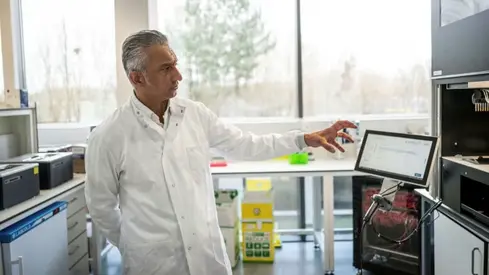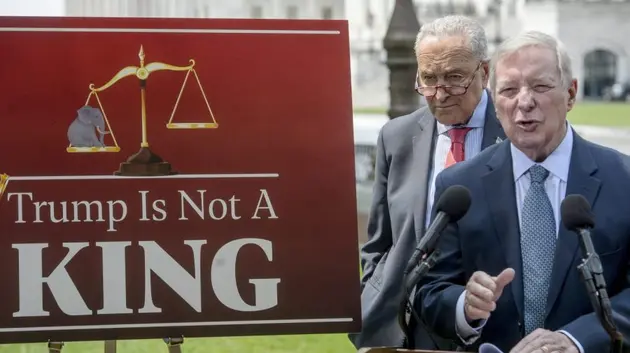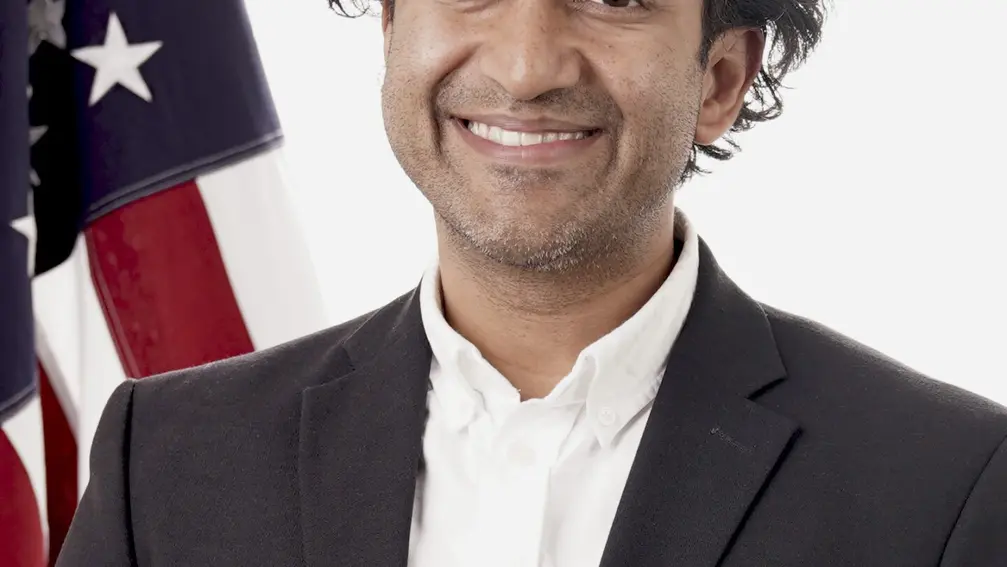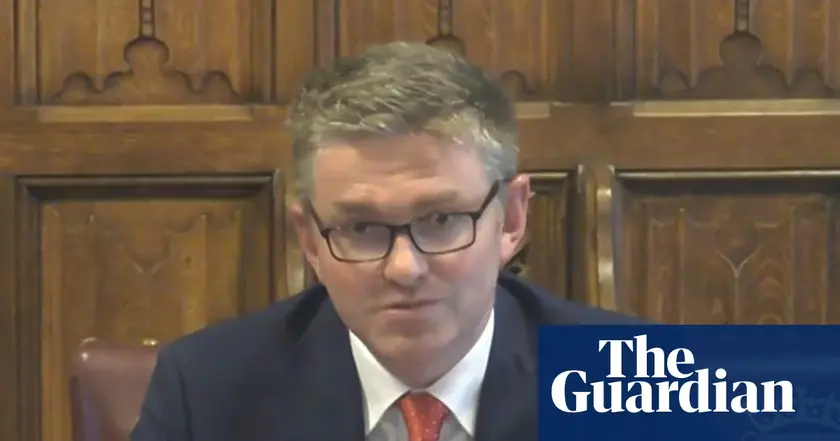T4K3.news
Oxford Nanopore chief to step down
Gordon Sanghera will leave Oxford Nanopore by end-2026 as the company navigates growth challenges and a shifting funding climate.

Gordon Sanghera will leave Oxford Nanopore by end-2026 as the company faces funding headwinds and investor questions about growth.
Oxford Nanopore Chief to Step Down After Two Decades
Oxford Nanopore’s chief executive Gordon Sanghera plans to step down by the end of 2026 after more than 20 years at the helm. The co-founder who helped spin Nanopore out of Oxford University in 2005 built a handheld DNA sequencing technology and helped take the company public in London in 2021. Shares have fallen about 70 percent from their 2021 peak as investors weigh growth prospects and the tighter funding climate for biotech. The company has pursued new revenue streams, including clinical practice and drug manufacturing, to widen its income beyond devices.
The board has started a formal search for a successor. Chair Duncan Tatton-Brown praised Sanghera for building a highly differentiated technology platform and a culture of innovation and collaboration, while noting that the growth strategy remains in place. Backers such as Larry Ellison and Novo Holdings have supported Nanopore, helping the stock rebound about 75 percent over the past year and yielding a market value near £2 billion. Potential buyers mentioned include Thermo Fisher Scientific and Danaher, though neither commented publicly.
Key Takeaways
"strong foundations in place for continued success"
Sanghera on the company’s outlook
"a highly differentiated technology platform"
Duncan Tatton-Brown on Nanopore’s technology
"the board is focused on finding a leader with the vision and capabilities to further advance our growth strategy"
Board chair on succession
"not afraid to be acquired by the right buyer"
Sanghera on openness to M&A
The leadership change arrives at a moment when biotech investors are recalibrating risk after a long period of exuberance. Nanopore’s core asset is strong, but the market has starkly shifted toward faster, clearer returns. A new chief executive will need to translate scientific promise into durable revenue streams and guard against a volatile funding cycle. The situation highlights a broader tension in London that a home-grown, hardware-centric sequencing champion can survive without a stronger services or software moat. If a sale materializes, it could reshape the competitive landscape; if not, governance and strategy will come under closer scrutiny to maintain momentum.
Highlights
- strong foundations in place for continued success
- a highly differentiated technology platform
- the board is focused on finding a leader with the vision and capabilities to further advance our growth strategy
- not afraid to be acquired by the right buyer
Biotech leadership change risks investor confidence
Sanghera’s departure adds governance and funding risks for a company that has struggled to meet growth expectations. The possibility of a sale to larger players could realign market dynamics and affect staff and partners.
Leadership changes are a test of whether the company can convert science into steady value for investors.
Enjoyed this? Let your friends know!
Related News

Markets rise as Ukraine talks loom

Tesla's UK sales drop nearly 60 percent

Trump fires BLS head amid criticism

New study links walking 9000 steps daily to lower cancer risk

JC Tretter resigns from NFLPA amid turmoil

FDA vaccine chief departure raises concerns

Col Needham steps down as CEO of IMDb

Ofwat chief executive David Black resigns
